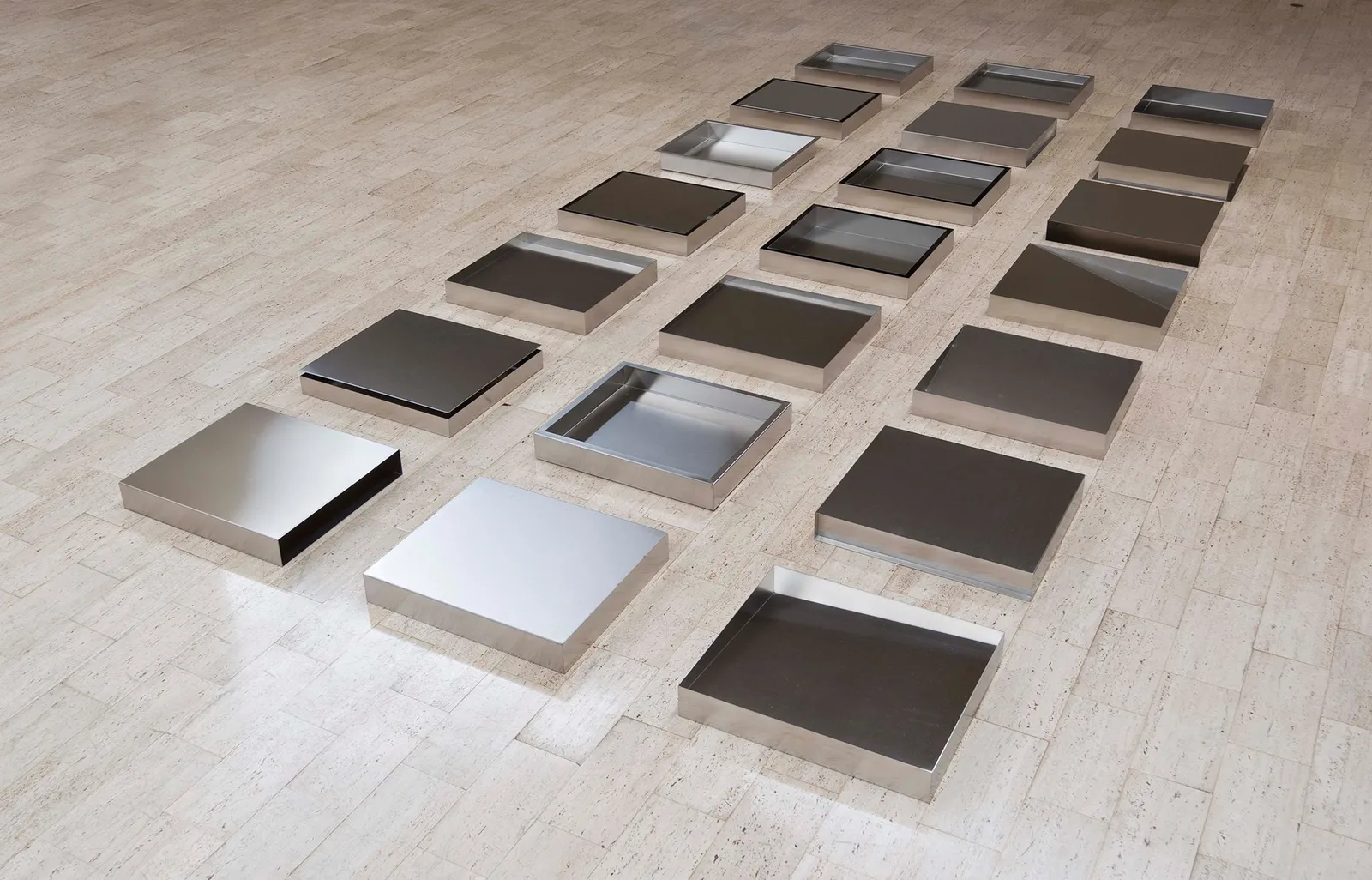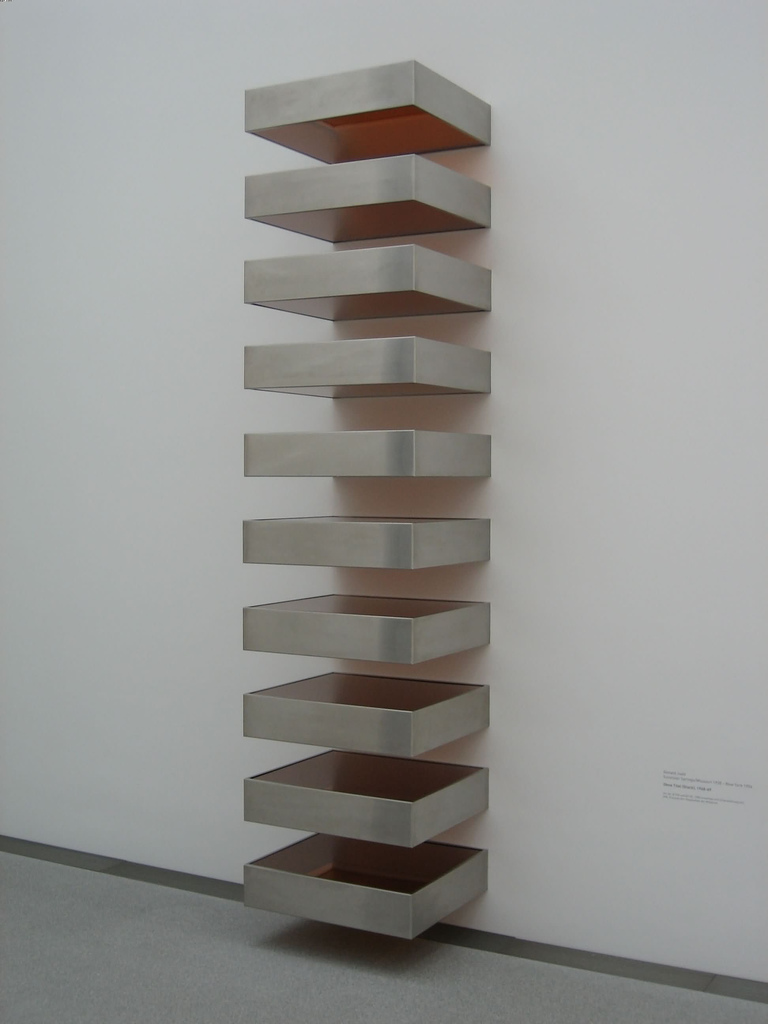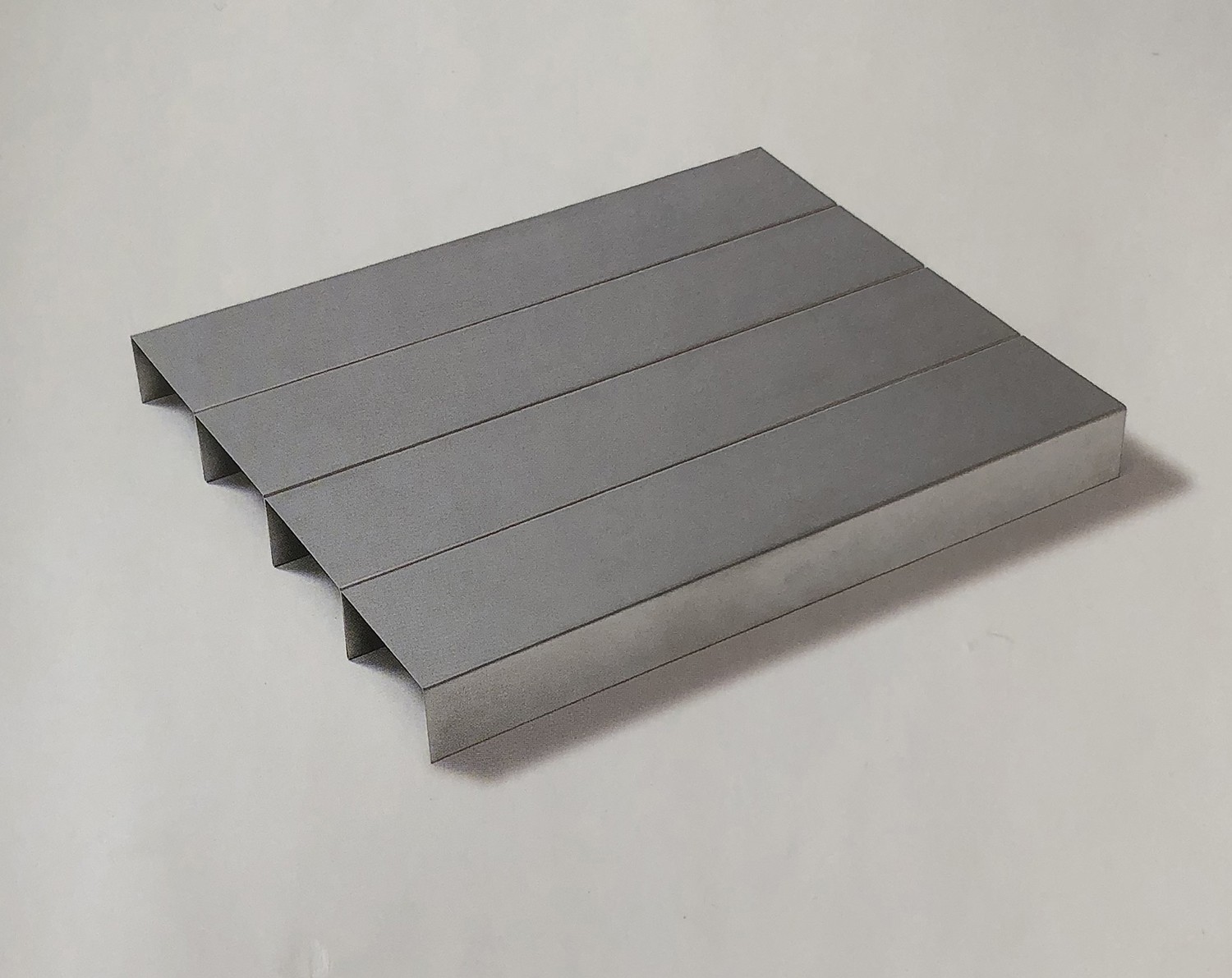Minimalism is an art movement that emerged in the late 1950s and reached
its peak in the 1960s, continuing to influence various forms of art and
design to this day. It is characterized by simplicity, a focus on
essential elements, and a rejection of excess ornamentation. Minimalist
art often seeks to distill an artwork to its most fundamental
components, emphasizing form, color, and space.
Main Characteristics of Minimalism
Simplicity
Minimalist artworks are typically characterized by a simple and
straightforward visual language. Artists often reduce their compositions
to basic geometric shapes, clean lines, and a restricted color palette.
Geometry
Minimalist artists frequently employ geometric shapes such as squares,
rectangles, circles, and lines. These elements are used to create a
sense of order, balance, and precision in the artwork.
Color
Minimalist art tends to use a limited color palette, often focusing on
neutral tones like black, white, and shades of gray. This reduction of
color emphasizes the formal aspects of the artwork.
Materials
Artists in the Minimalist movement often favored industrial materials
and techniques. Common materials included steel, aluminum, glass, and
industrial finishes. The use of these materials contributed to the
emphasis on the object itself rather than any symbolic or
representational content.
Repetition
Repetition of forms or patterns is a common feature in Minimalist art.
This repetition serves to create a sense of order and rhythm within the
artwork.
Space
Minimalist artworks pay careful attention to the relationship between
objects and the surrounding space. The arrangement of forms and the
negative space is crucial in creating a harmonious composition.
Donald Judd (1928–1994) was a highly influential American artist
associated with the Minimalist art movement. Born in Excelsior
Springs, Missouri, Judd initially studied philosophy and art history
at Columbia University before pursuing a career as an artist. His
early works included paintings influenced by Abstract Expressionism,
but he eventually moved away from traditional painting in favor of
three-dimensional art forms.
Donald Judd's contributions to the art world have left a lasting
impact. His work has been exhibited globally, and the Chinati
Foundation in Marfa remains a significant destination for those
interested in experiencing his art in a curated setting. Judd's legacy
extends beyond his artistic practice, as his writings and ideas
continue to be studied and referenced in discussions about
contemporary art and Minimalism.



